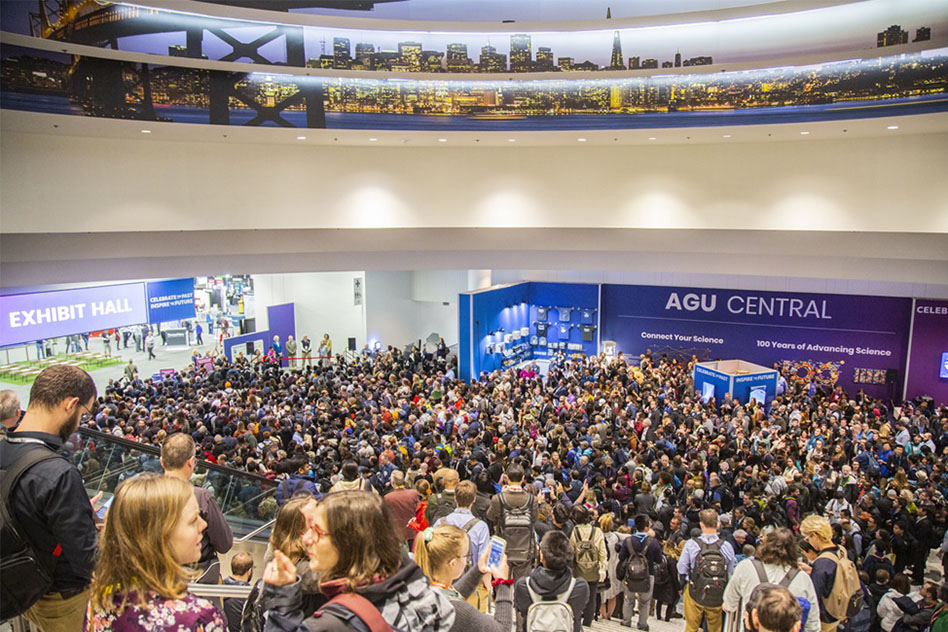
The preeminent conference for the advancement of Earth and space sciences, the AGU (American Geophysical Union) Fall Meeting draws more than 25,000 attendees from over 100 countries each year to share research findings and identify innovative solutions to complex problems. Organized around the theme “Science is Society,” this year’s AGU Fall Meeting will take place in New Orleans and online on December 13 - 17.
Among those researchers will be 14 co-authors of oral and poster presentations, and conveners of conference sessions, who are core members or affiliates of the MIT Joint Program on the Science and Policy of Global Change. Listed below—links to complete abstracts, names of Joint Program co-authors or conveners (in bold for lead authors or conveners)—their presentations and sessions span multiple Joint Program research focus areas, including Earth systems, policy scenarios and multi-sector dynamics.
Earth Systems
The Impact of Very-Short Lived Chlorine Compounds and GHGs on Trends in Stratospheric Ozone (Ronald Prinn)
Atmospheric Impacts of a Near Future Supersonic Aircraft Fleet (Sebastian Eastham, Ronald Prinn and Steven Barrett)
Impacts of multi-layer overlap on contrail radiative forcing (Sebastian Eastham and Steven Barrett)
Understanding the historical changes in tropospheric halogens and their impacts over the last century (Sebastian Eastham)
A Grid-Stretching Capability for the GEOS-Chem Atmospheric Chemistry Model (Sebastian Eastham)
Evaluating Atmospheric Mercury (Hg) Uptake by Vegetation in a Chemistry-Transport Model (Noelle Selin)
Elucidating ecological complexity: Unsupervised learning determines global marine eco-provinces (Stephanie Dutkiewicz)
Policy Scenarios
Social and Earth Systems Modeling using Green’s Functions: Air Quality, Climate and Energy Policy (Noelle Selin)
Statistical and Machine Learning Methods for Evaluating Air Quality Policies under Changing Meteorological Conditions (Invited) (Noelle Selin)
Addressing Global and Regional Sustainability Challenges with Satellite Data and Machine Learning II Poster (Sebastian Eastham)
Multi-Sector Dynamics
MultiSector Dynamics: Science & Modeling for Societal Transformations (Jennifer Morris)
Assessing Current, Compounding, and Co-Evolving Risks Across Multiple Systems and Sectors: A Triage-based Visualization Platform (C. Adam Schlosser, Cypress Frankenfeld, Xiang Gao, Angelo Gurgel, Jennifer Morris, Sergey Paltsev, Sebastian Eastham and John Reilly)
Water-Related Threats to Indonesia’s Economy (Jennifer Morris, Sergey Paltsev and Kenneth Strzepek)
Quantifying uncertainty in global and sub-global socioeconomic and greenhouse gas emissions futures (Jennifer Morris and Angelo Gurgel)
Nexus vs. Silo Investment Planning Under Uncertainty (Invited) (Kenneth Strzepek)
An Economy-wide Framework for Assessing Global Transition Risk in the Energy Production Sector (Henry Chen and John Reilly)
Photo: AGU Fall Meeting Central Exhibit Hall (Source: AGU)

